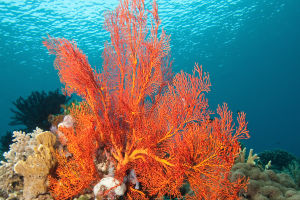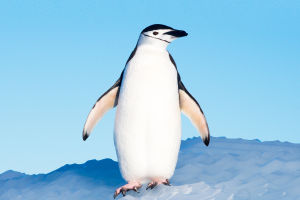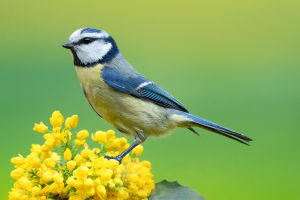Penguins are fascinating creatures uniquely adapted to survive in some of the harshest environments on Earth.
These flightless birds are primarily found in the Southern Hemisphere, with a significant population in Antarctica, where temperatures can plummet well below freezing.
The ability of penguins to thrive in such extreme conditions is a result of a combination of physiological, behavioral, and anatomical adaptations that have evolved over millions of years. Understanding these characteristics can provide insight into the remarkable resilience of these animals.
Insulating Feathers and Fat Layers
One of the most critical adaptations that help penguins survive freezing temperatures is their unique feather structure. Penguins have a dense layer of feathers that provides excellent insulation. Unlike typical bird feathers, penguin feathers are short, stiff, and packed closely together, forming a waterproof barrier. This outer layer of feathers helps to keep the cold water from reaching their skin, which is vital for thermoregulation.
Beneath this layer of feathers, penguins have a thick layer of blubber, or fat, which serves as additional insulation. This fat layer can be several centimeters thick and is essential for maintaining body heat in icy waters. The combination of feathers and fat ensures that penguins retain as much warmth as possible, even in sub-zero temperatures.
Counter-Current Heat Exchange
Penguins also have an ingenious physiological adaptation known as counter-current heat exchange. This system helps to minimize heat loss in their extremities, such as their flippers and feet. Blood vessels in these areas are arranged in a way that warm blood flowing from the body core heats the cold blood returning from the extremities. This mechanism ensures that the blood reaching the extremities is already warm, reducing the overall heat loss and helping penguins maintain a stable body temperature.
Behavioral Adaptations
In addition to their physical adaptations, penguins exhibit several behaviors that help them survive in freezing temperatures. One of the most well-known behaviors is huddling. Emperor penguins, for instance, are famous for their communal huddles, where they gather in large groups to conserve heat. By huddling together, penguins can reduce heat loss and shield themselves from the wind. Individuals take turns being on the outside of the huddle, ensuring that each penguin gets a chance to warm up in the more protected interior.
Penguins also have the ability to control their body temperature through a behavior known as "shivering thermogenesis." When temperatures drop, penguins can generate additional heat by shivering. This involuntary muscle activity produces heat, helping to keep their core temperature stable even in the coldest conditions.
Adapted Diet and Metabolism
Penguins' diet and metabolism are also adapted to their cold environment. They primarily feed on fish, krill, and squid, which are rich in nutrients and provide the energy needed to sustain their high metabolic rate. A high metabolic rate is crucial for generating body heat and maintaining energy levels in such a demanding environment. Penguins have a remarkable ability to convert their food into energy efficiently, which is vital for their survival in the cold.
Specialized Breeding Adaptations
Breeding in such a harsh environment requires specific adaptations as well. Emperor penguins, for example, breed during the Antarctic winter, which poses extreme challenges. The males incubate the eggs on their feet under a flap of skin called a brood pouch. During this time, the males fast and rely on their fat reserves to survive the two-month incubation period. This adaptation allows the eggs to be kept warm and safe from the icy ground, ensuring the survival of the next generation.
Streamlined Bodies and Efficient Swimming
Penguins are exceptional swimmers, a crucial skill for hunting in cold waters. Their bodies are streamlined, reducing drag and allowing them to move efficiently through the water. Their flippers are adapted for powerful strokes, enabling them to swim at high speeds and dive to great depths in search of food. This ability to forage effectively in the ocean is vital for their survival, as it ensures they can find enough food to sustain themselves and their offspring.
The survival of penguins in freezing temperatures is a testament to the remarkable adaptations they have developed over time. From their insulating feathers and fat layers to their behavioral strategies and specialized breeding practices, every aspect of their biology is finely tuned to withstand the cold. These adaptations not only enable penguins to thrive in some of the most extreme environments on Earth but also highlight the incredible resilience and ingenuity of nature in the face of adversity.


